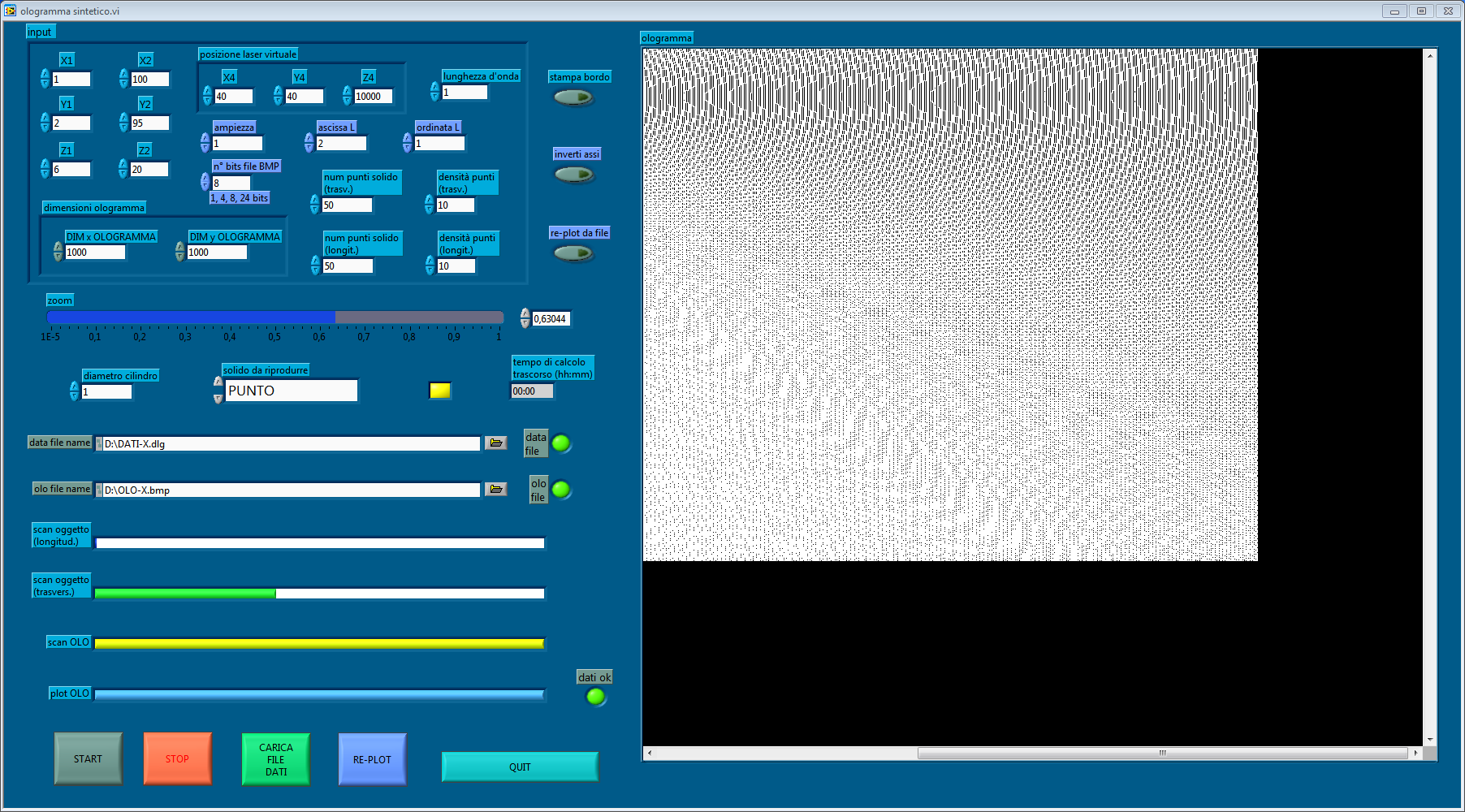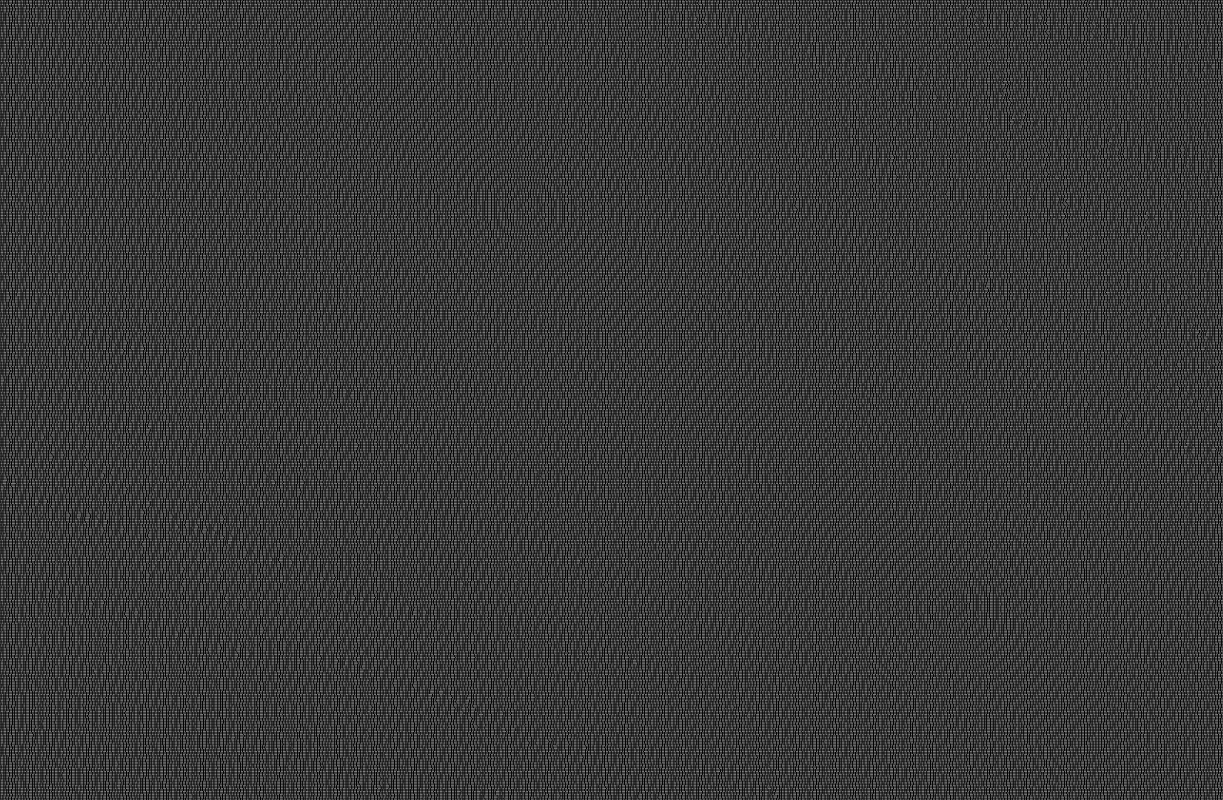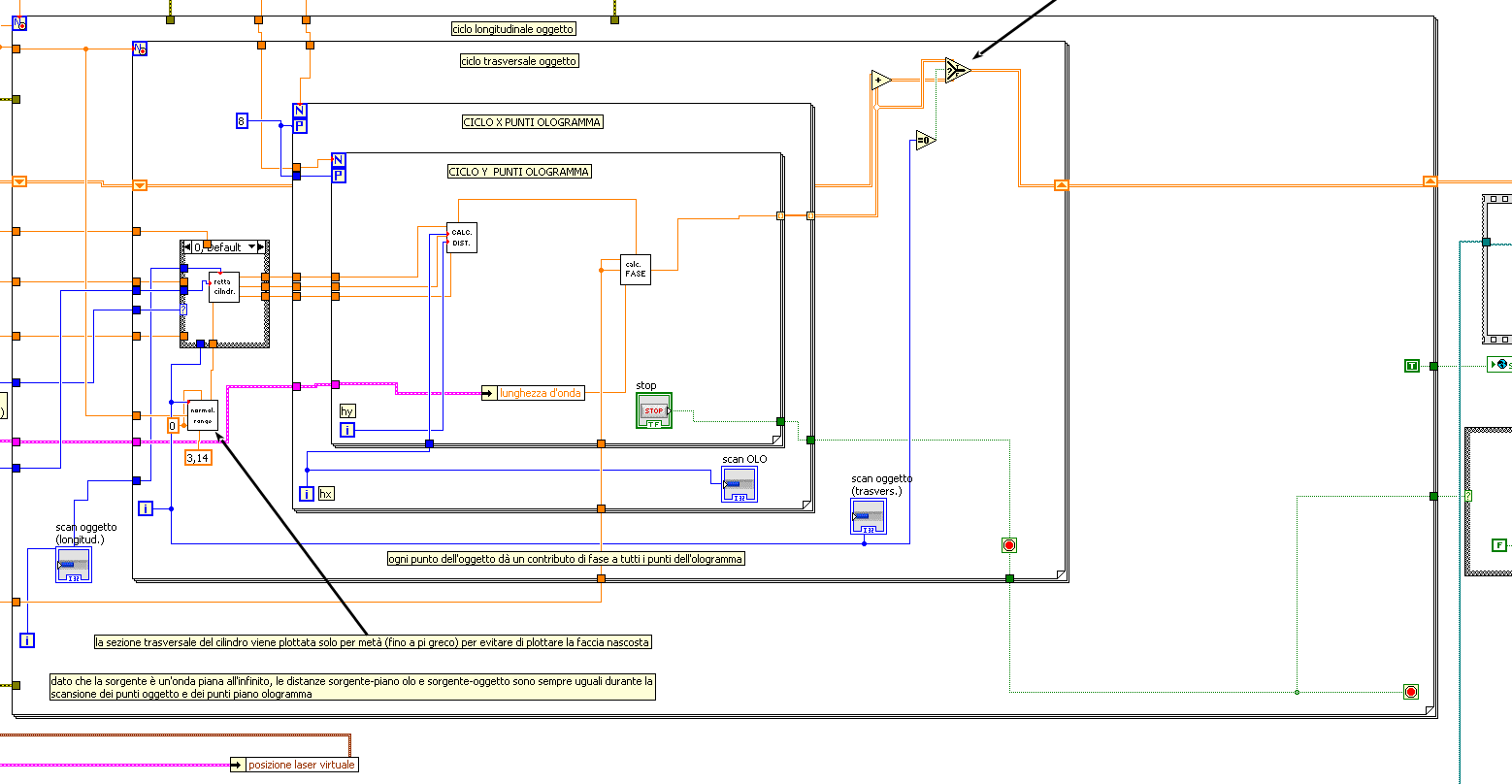A hologram is a two dimensional recording that produces a three-dimensional image; this result is accomplished by recording both amplitude and phase of light, while conventional photography records only intensity (that is, a quantity proportional to the square of amplitude).
Phase may be defined as the relationship between the position of the crest of a wave and a given reference point. Thus, we need some way to record (in particular) phase information of the light emitted from all the visible points of the object, carrying 3D information about it.
This can be done using laser light to illuminate the object, because laser can give a neutral contribution to the phase of light: phase information is recorded on a special high resolution photographic plate in form of interference fringes.
The fringes are obtained by interference of laser light from object with a reference laser beam which provides the reference point for phase recording. Recording itself is very critical, because every little vibration can variate laser path and destroy phase information.
A special, expensive equipment is needed, including lens, beam splitters, high quality laser, high resolution photographic emulsion and a stable, heavy table, arranged away from traffic and other vibration sources.
A completely different approach is calculating hologram fringes by computer (Computer Generated Hologram, CGH); this method has also issues due to very long execution time and difficulty to print out the generated hologram, as very high resolution is needed (ideally 0,0005 mm, corresponding to 500 nm).
Our algorithm is based on ray tracing to calculate fase shift and was realized in Labview (above, left), as part of an internal research.
Designer, Coder
2013

.png)


.png)